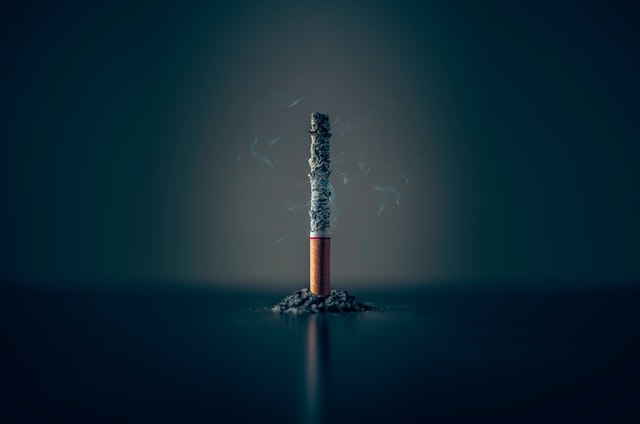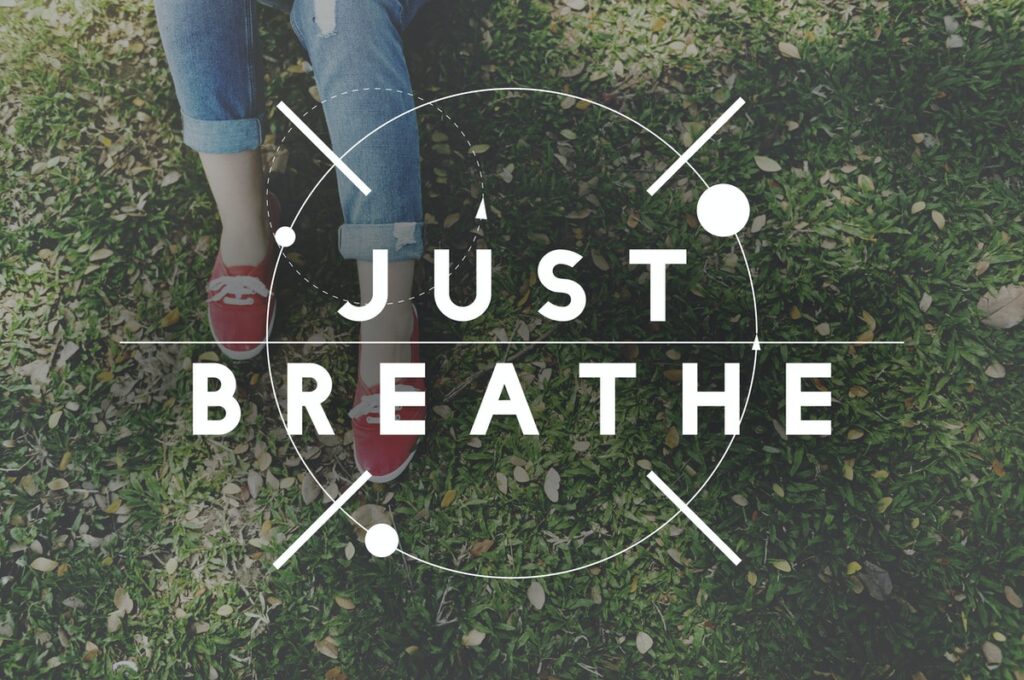November 19 Is The Great American Smokeout
Nov 10, 2020
At HealthCore Clinic, we know it isn’t easy to stop smoking. It takes time. And a plan. The Great American Smokeout is a great day to start your journey toward a smoke-free life. On November 19, join thousands of people who smoke across the country in taking an important step toward a healthier life and reducing your cancer risk.
Know The Facts
Smoking remains the single largest preventable cause of death and illness in the world despite roughly 32.4 million American adults still smoking cigarettes. Smoking causes an estimated 480,000 deaths every year and more than 16 million Americans live with a smoking-related disease.
No matter your age or how long you’ve been smoking, stopping smoking improves health both immediately and over the long term. Becoming a non-smoker is a journey, and it can be hard, but you can increase your chances of success with a good plan and support. Getting help through counseling and medications doubles or even triples your chances of quitting successfully.
Stopping smoking is a process, and success looks different for different people. There are many ways to stop smoking, and some work better than others. At HealthCore Clinic, our smoking cessation team can tell you about the steps you can take to stop smoking and help you find programs, resources, and support that can increase your chances of becoming a non-smoker.

Benefits Of Becoming A Non-Smoker
Did you know that within minutes of smoking your last cigarette, your body begins to recover? Here is a timeline of some of the things that happen in your body as you become a non-smoker:
- 20 minutes after your last cigarette your heart rate and blood pressure drop.
- 12 hours after your last cigarette the carbon monoxide level in your blood drops to normal.
- 2-3 months after your last cigarette your circulation improves and your lung function increases.
- 1-9 months after your last cigarette coughing and shortness of breath decrease. Cilia, the tiny hair-like structures in your lungs that move mucus out of the lungs, start to regain normal function, increasing their ability to handle mucus, clean the lungs, and reduce the risk of infection.
- 1 year after your last cigarette the excess risk of coronary heart disease is half that of someone who still smokes. Your heart attack risk drops dramatically.
- 5 years after your last cigarette your risk of cancers of the mouth, throat, esophagus, and bladder is cut in half. Cervical cancer risk falls to that of a non-smoker. Your stroke risk can fall to that of a non-smoker after 2 to 5 years.
- 10 years after your last cigarette your risk of dying from lung cancer is about half that of a person who is still smoking. Your risk of cancer of the larynx (voice box) and pancreas decreases.
- 15 years after your last cigarette your risk of coronary heart disease is that of a non-smoker’s.
These are just a few of the benefits of stopping smoking. Becoming a non-smoker lowers your risk of diabetes, lets blood vessels work better, and helps your heart and lungs.
Life expectancy for smokers is at least 10 years shorter than that of non-smokers. Stopping smoking before the age of 40 reduces the risk of dying from smoking-related disease by about 90%.
Stopping while you’re younger will reduce your health risks more, but becoming a non-smoker at any age can give back years of life that would be lost by continuing to smoke.
Other Benefits
Aside from saving money you spent on tobacco, here are just a few other benefits you may notice:
- Food tastes better.
- Your sense of smell returns to normal.
- Your breath, hair, and clothes smell better.
- Your teeth and fingernails stop yellowing.
- Ordinary activities leave you less out of breath (for example, climbing stairs or light housework).
- You can be in smoke-free buildings without having to go outside to smoke.
Becoming a non-smoker also helps stop the damaging effects of tobacco on how you look, including premature wrinkling of your skin, gum disease, and tooth loss.
Smoking During COVID-19
Scientists are still learning about COVID-19, but we know that smoking weakens the immune system, which makes it harder for your body to fight diseases like the Coronavirus.
If you continue to smoke, you also have a greater risk for respiratory infections like colds and flu. And for those with heart or lung disease caused by smoking, you may be at higher risk of having severe illness from COVID-19.
COVID-19 is a great time to stop smoking. As detailed above, soon after you stop smoking your body begins to heal. Within the first few weeks and months, your lungs start to work better and your risk for a heart attack goes down.

HealthCore’s Approach
At HealthCore Clinic we believe in supporting smoking cessation through an integrated approach using behavioral, medical, dental, and pharmacy. This approach has a higher success rate than those who attempt to go “cold turkey” or stop smoking without a plan or support team.
For example, we’re taught from childhood that “quitting” is bad. We discourage quitting school activities, sports, jobs, and so on. So why use that word when stopping smoking?
Instead of “quitting smoking,” we help our people become “non-smokers.”
To learn more about our integrated approach to becoming a non-smoker, book an appointment today.
Where Do I Start?
You already have. By reading this article you are already telling yourself you are interested in becoming a non-smoker! Here are some tips on how to stop smoking during The Great American Smokeout:
- Make a plan to have your final cigarette or tobacco product on Thursday, November 19.
- Make a plan for what you will do when you have a craving. Will you chew gum? Have a snack? Drink water? Try chewing on a straw cut to the size of a cigarette.
- Inform your support team that you will stop smoking on November 19 and ask them to help you in this endeavor.
- Think about the money you are going to save by becoming a non-smoker.
- Think about how you are bettering your health by becoming a non-smoker. Think about the people who love you that will be happy you are improving your health.
- On November 19, enjoy your final cigarette or tobacco product.
- After your final tobacco product, destroy any remaining tobacco products and throw them away. Remove all ashtrays, lighters, and other tobacco-related accessories. You don’t need them anymore, you are a non-smoker.
- Embrace the fact that you are a non-smoker. People who are non-smokers don’t smoke cigarettes or tobacco products.
- Use the tools from your plan to get through cravings.
- Set small goals. “I just need to make it an hour.” “I just need to make it a day.” “Just need to make it a week.”
- Reward yourself! You’re a non-smoker and that’s awesome! You are bettering your health!
These are just a few tips. For a comprehensive plan and a larger support team, contact HealthCore Clinic. Also, remember to forgive yourself if you slip up and have a tobacco product – you are not a failure. Simply remind yourself you are a non-smoker and get back to your healthy habits.

To learn more about The Great American Smokeout, check out the tools available at cancer.org.